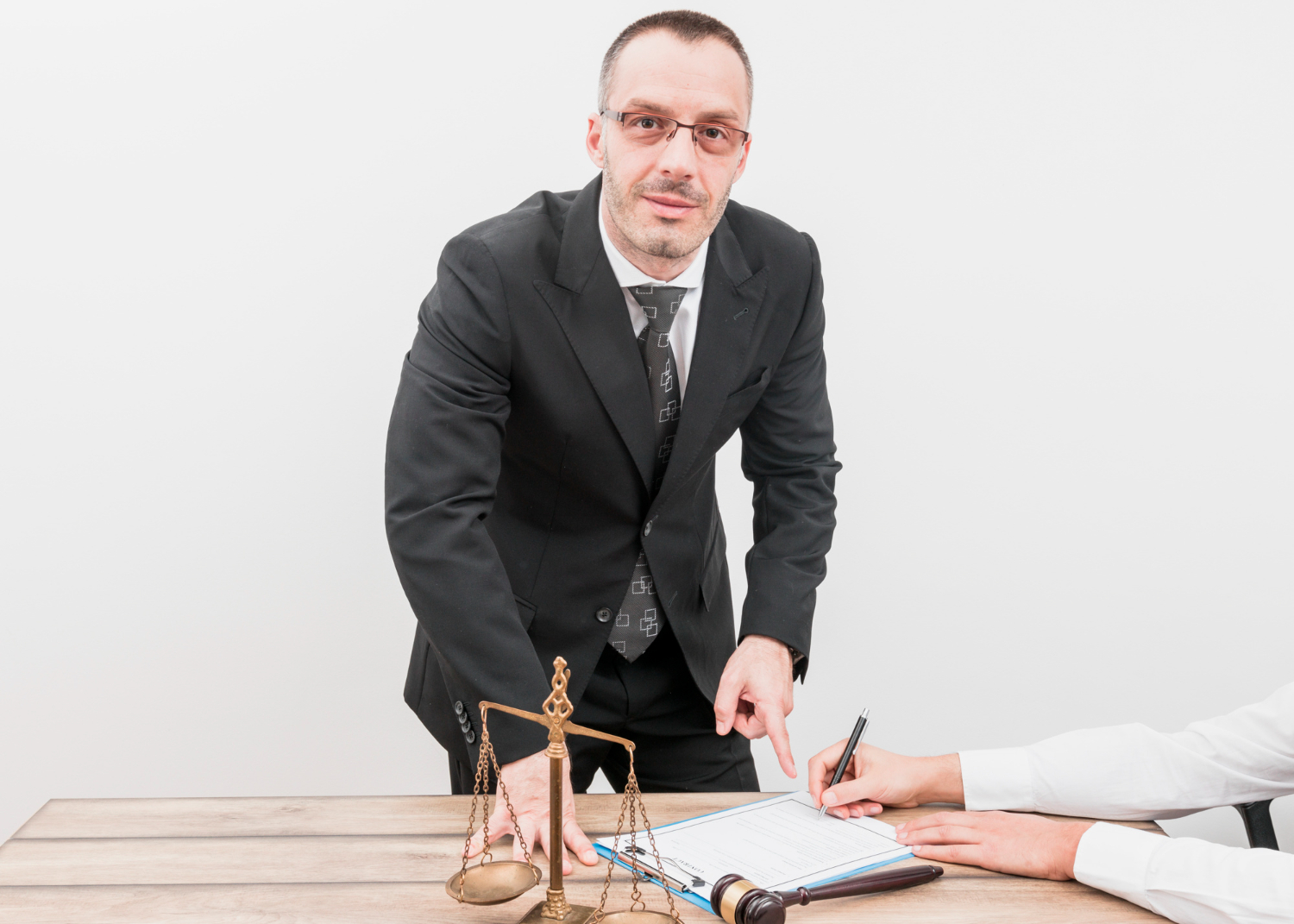Why do you need Maintenance Planning for Gyms and Rec Centers?
Here are three reasons to keep in mind –
- Improve operational efficiency in the gym and retain a high number of customers.
- Safeguard business from false lawsuits and cases of defamation.
- Gym equipment and the facility are the main capital invested in the business. Maintain equipment to improve ROI.
50% of the gym members stop coming to the gym withing six months of starting their health journey.
However, you can change that. Proper maintenance planning for your gym can elevate the customer experience.
In this article, we have discussed why it’s important to have maintenance planning for gym and rec centers. We have also elaborated on how you can keep your gym well-maintained.
What is Maintenance Planning for Gyms and Rec Centers?
Maintenance planning for gyms and rec centers includes effective methods to clean, safeguard, and repair processes for the equipment.
These processes include preventive, corrective, cleaning, and inspection timelines for all the equipment and materials present in the gym. The process is implemented for quality control of the gym and the rec centers.
Regular inspection and maintenance to keep the equipment safe to operate, making it safe for the customers’ use. Also, excessive tear and damage on the exercise machines can cause damage to the building.
Benefits of Maintenance Planning for Gyms and Rec Centers
Some most important benefits of planning safety regulations for gyms include the following –
Safety
While liability insurance might help safeguard your business under personal injury lawsuits, you can stop them at the root. With maintenance planning for your gym and rec center, it’s easier to ensure customer safety.
Also, maintaining a safety check for quality control helps you from liability when any customer gets injured and blames it on the gym. A gym business can maintain its use of liability insurance thanks to this procedure.
Quality Control
Quality control can lead to better customer retention and help improve the rate of customer satisfaction. With proper maintenance planning for gyms and rec centers, customers have a better experience in the gym, ensuring customer satisfaction.
If the customers aren’t satisfied, they’ll leave. This causes a business to lose revenue. Pulley machines and saunas can easily break down.
It can cause customers to complain and damage the brand’s reputation. So, quality control is at the top of the chain when it comes to maintaining a revenue stream.
Maximize Equipment Lifespan
The startup capital for most gyms and rec centers is spent on gym equipment and facilities. So, the best way to ensure that investment returns profit is by maintaining the bottom line – extending the equipment lifespan.
The best way to maintain the lifespan of the equipment is by having a checklist for regular inspection, maintenance, and repair. Routine inspection of the gym equipment and the facility will not only ensure safety but also help generate the highest possible ROI.
Minimize Equipment Downtime
Equipment down for a week can be much more destructive than equipment down for a day.
Without proper gym equipment maintenance, measuring its downtime for any equipment is difficult. When the pulleys and the saunas are left out of order for days, the customers may reconsider why they enrolled in the gym in the first place.
If effective maintenance programs and protocols are not maintained for a gym and rec centers, it can cause equipment failure. You would not want to experience that as a reputed fitness studio owner.
What are the Steps of the Gym Equipment Maintenance Process?
Now that you know the importance of maintenance planning for gyms and rec centers, how do you implement them?
You can stress the major areas that need constant monitoring and damage protection. Fitness studios and gyms can rely on the following process –
Equipment Cleaning
The first and most important aspect of fitness studio equipment management is cleaning. There must be a process to thoroughly clean the equipment. Every piece of equipment comes with a user manual that lists the best practices for cleaning the equipment.
However, it’s also common to have significant overlap between the types of equipment, which might often make the cleaning process difficult. The best way to tackle this is to prepare a checklist for cleaning each piece of equipment. With this, the workers can ensure that the job is done properly.
Preventive Measures
Some equipment needs to be checked regularly. If certain equipment has a specific downtime, it’s important to check them on a regular basis to reduce the chances of destruction.
The best way to handle this is by having a calendar on a daily, weekly, or monthly basis. It’ll be even better to digitize the process for the employees to easily understand which equipment needs maintenance at what point.
Use tools like Google Calendar or Notion to keep track of your timeline. You can also share the timeline with the people responsible for handling that type of work.
Equipment Repair
This part of the maintenance process starts with constant monitoring of the equipment. The best way to ensure you have the highest ROI from the gym equipment is by keeping them at the highest operational level. That’s only possible with a regular maintenance process in place.
If poor maintenance isn’t causing equipment failure, excessive downtime might. Ensure that the equipment stays at the highest possible. With constant monitoring of symptoms that can cause equipment failure, gym owners can increase the longevity of equipment.
Sometimes, it may require buying and replacing parts as soon as the equipment starts showing symptoms of damage.
There’s no doubt that maintenance planning for gyms and rec centers helps improve the life cycle of the equipment. As a result, they may enjoy the highest ROI from their investment.
How to Create a Gym Preventive Maintenance Schedule
Follow the steps below to create a gym preventive maintenance schedule.
Step 1: Take Inventory of Assets
The first stage is to take inventory of all the assets you have in the fitness studio. Note down all the assets that require maintenance on a daily basis.
Here’s how you identify the machinery and the equipment that need your attention when creating a maintenance schedule.
- How important is this tool for the success or failure of the fitness studio?
- Did you find any warning signs for this equipment to fail?
- Is it too difficult to source a part of the equipment? Is it difficult to source labor to fix those parts?
- How much time does one have to spend on the preventive maintenance of the equipment?
Ask yourself these questions to check out your equipment inventory. These questions should help you understand the effort and the resources you’ll need to fix your gym equipment.
Step 2: Prioritize Assets for Repairs
Now, use all the inventory questions you asked yourself to prioritize your equipment. You can list equipment as the most important to the least important or critical equipment to require repair. You can also grade equipment as per the availability of labor or resources for fixing. It would be best to focus on the equipment that is more important for the fitness studio’s day-to-day operations.
Step 3: Determining Ideal Preventive Intervals
You have different types of equipment in the gym, and all of them have different intervals before they need maintenance again.
Most of these assets must have a manufacturing guide attached to them. You can use those manuals to maintain a database of items that require repair within a specific interval.
Step 4: Schedule Regular Maintenance Tasks
The next important part of the schedule is to create regular maintenance tasks and assign them to respective team members. You can use maintenance management software and let your team members know through reminders. It would be even better to also remind them manually. An even better practice would be to attach the retirement.
Step 5: Improve Your Schedule
It’s alright if you’re only able to maintain the steps mentioned so far. The four stages should now be able to help implement proper planning for gyms and rec centers. However, it’s common for any process to fade out and be less efficient with time.
The efficiency of your tools will also reduce which is why your maintenance schedule will also need to change. So, ensure to make changes to the schedule to improve the overall performance of the equipment.
Maintaining Gym Equipment isn’t Enough: Legal Compliance for Gyms
It’s important for the gyms to meet the local zoning regulations, and the facility must meet proper safety standards.
Aside from regularly inspecting the equipment, gym owners must keep their eyes open for liability insurance, conduct a risk assessment, and stay up to date with relevant regulations and laws.
Here are some key aspects of the legal side of the gym and fitness center that need regular maintenance –
| License & Permits | Insurance | Staff Training | Member Agreements | Compliance Monitoring |
|---|---|---|---|---|
| Secure a business license for running a gym. Check if there’s any state-specific license the business must obtain. Make sure your business has the necessary health and safety certifications. | Ensure the business has liability insurance to cover itself from potential lawsuits. Make sure the business has additional coverage for property damage or employee injury. | The staff must be trained and have certificates for their training.Make sure the staff knows emergency protocols, has proper training for equipment usage, and knows safety protocols. | Have the members sign clear waiver and release forms with their understanding of the risks and responsibilities. Provide information about the rules of the gym. | Regularly review the local regulations to stay updated. Internal audits are a must to ensure compliance and safety measures are followed.Take help from legal counselors to maintain compliance with the latest changes in regulations. |
Conclusion
The key to gym and rec centers’ success is their cleanliness and safety standards. Focus on creating better value than your competitors and tailor the experience for your gym members.
Make sure to have a gym cleaning and maintenance process in place. Investing in a system where you can plan, store, and maintain your maintenance process is best. Ensure that your team members also have access to the system. Once your team starts to follow the maintenance procedure, it’ll elevate the gymgoer’s experience little by little.
For More Business Related Articles Click Below!!!




Leave A Comment